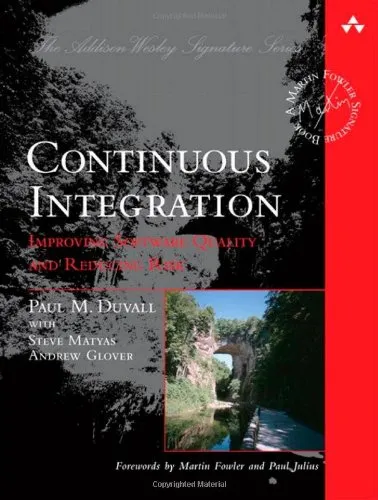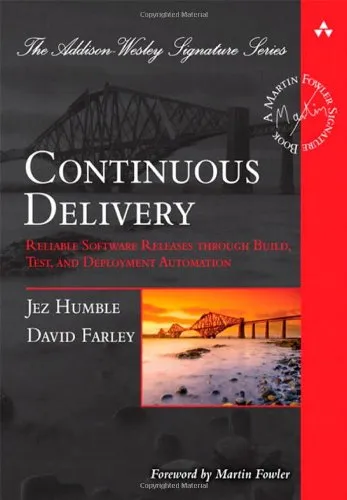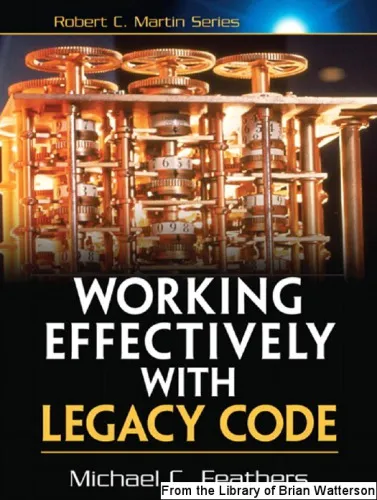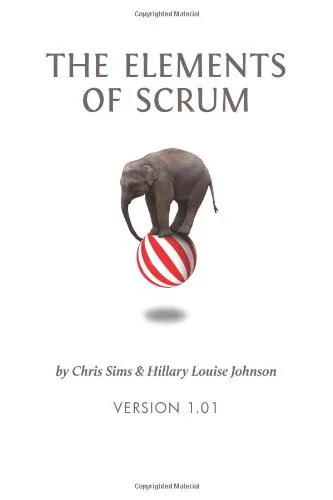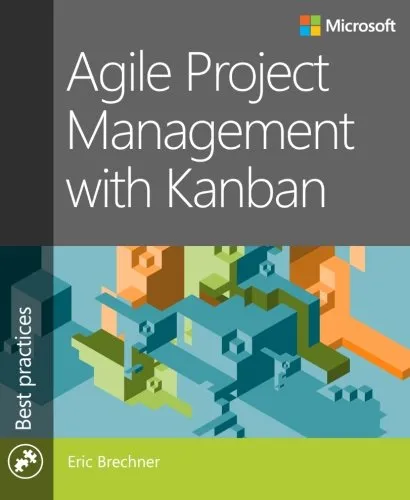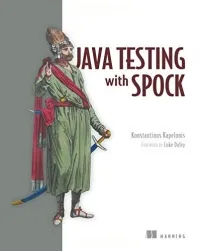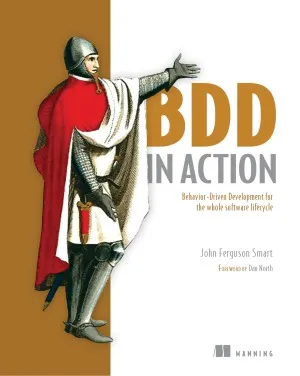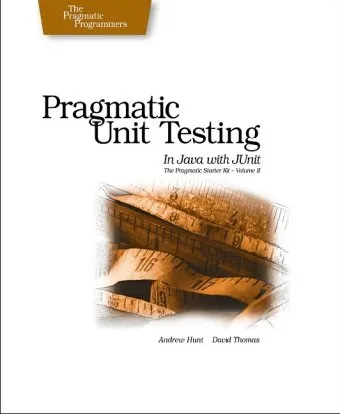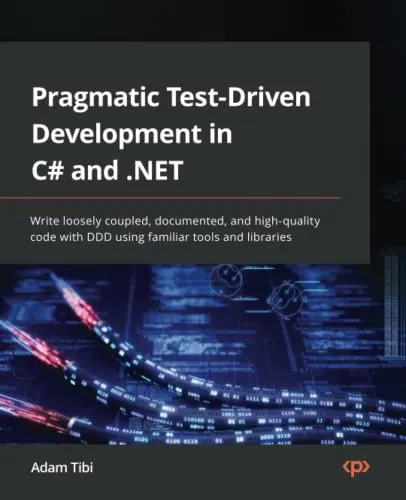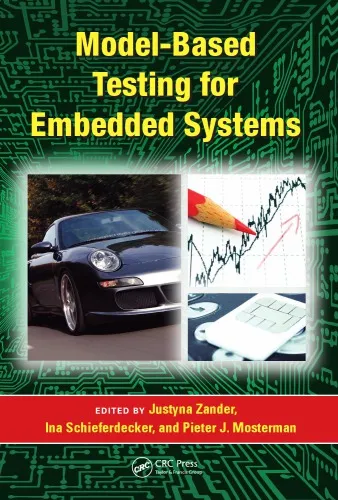Continuous Integration: Improving Software Quality and Reducing Risk
3.8
Reviews from our users

You Can Ask your questions from this book's AI after Login
Each download or ask from book AI costs 2 points. To earn more free points, please visit the Points Guide Page and complete some valuable actions.Related Refrences:
Persian Summary
Introduction to Continuous Integration: Improving Software Quality and Reducing Risk
Continuous Integration (CI) represents a pivotal practice in the modern software development lifecycle. Codified in the groundbreaking book "Continuous Integration: Improving Software Quality and Reducing Risk" by Paul M. Duvall, Steve Matyas, and Andrew Glover, CI addresses the core challenges of integrating code rapidly and efficiently. This book acts as a comprehensive guide designed to usher teams into the realm of continuous, streamlined integration processes that enhance software quality while significantly reducing risks inherent to building software.
Summary of the Book
In this essential read, the authors delve into the intricacies of Continuous Integration, providing actionable insights on implementing CI in any development environment. The book begins by elucidating the fundamental concepts of CI, illustrating how integrating work frequently can avoid last-minute confusion and complications. It further provides a detailed examination of the necessary tools and practices, focusing on automating the process of code integration, build, and testing.
Readers are walked through the setup of a complete CI system, encompassing source control, build scripts, and unit testing, which culminate in a no-nonsense architecture for effective software development. The authors not only identify common pitfalls but also offer pragmatic solutions, underlining the dynamic nature of software development cycles. By the conclusion, readers will grasp how CI transforms development by maintaining project focus, enhancing collaboration, and improving quality continuously.
Key Takeaways
- Frequency and Early Detection: Continuous Integration encourages frequent code integration—preferably several times a day—helping to catch errors early and reduce integration effort and risk.
- Automation is Key: Automating builds and tests not only saves time but also ensures consistency and reliability in the development process.
- Feedback Loops: CI provides constant feedback, thereby allowing teams to identify defects swiftly and understand the effects of new changes immediately.
- Simplifies Debugging: By isolating changes, CI makes it easier to root out bugs, as they are typically introduced in smaller batches of code.
- Quality Assurance: The overarching goal of CI is to maintain high quality in code production, minimizing risks and aligning with agile development principles.
Famous Quotes from the Book
"Continuous Integration isn’t a buzzword, it’s a practical necessity for developing projects at the pace of an agile environment."
"Integration is not just a phase. It’s a continuous progression towards consistent and quality software delivery."
Why This Book Matters
In today's fast-evolving global market, rapid and reliable software delivery has become crucial. This book positions itself as a beacon of practical knowledge and scholastic insight necessary for overcoming the traditional hurdles associated with software integration. By focusing on the reduction of risk and enhancement of software quality, it champions a shift towards more exacting and resilient software engineering practices.
The value of "Continuous Integration: Improving Software Quality and Reducing Risk" extends beyond simply advocating for CI; it clarifies how adopting these practices can reshape and empower development teams. It challenges conventional methodologies by showcasing a tested framework that, when applied effectively, can yield substantial organizational benefits through improved developer productivity, optimized project timelines, and positive impact on the bottom line.
Free Direct Download
You Can Download this book after Login
Accessing books through legal platforms and public libraries not only supports the rights of authors and publishers but also contributes to the sustainability of reading culture. Before downloading, please take a moment to consider these options.
Find this book on other platforms:
WorldCat helps you find books in libraries worldwide.
See ratings, reviews, and discussions on Goodreads.
Find and buy rare or used books on AbeBooks.
1584
بازدید3.8
امتیاز0
نظر98%
رضایتReviews:
3.8
Based on 0 users review
Questions & Answers
Ask questions about this book or help others by answering
No questions yet. Be the first to ask!
